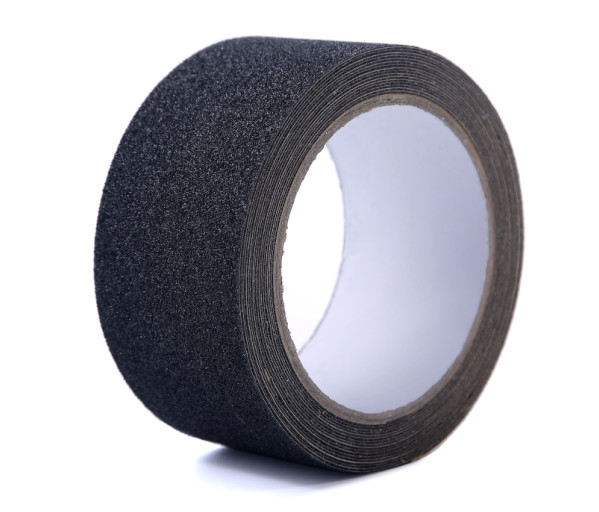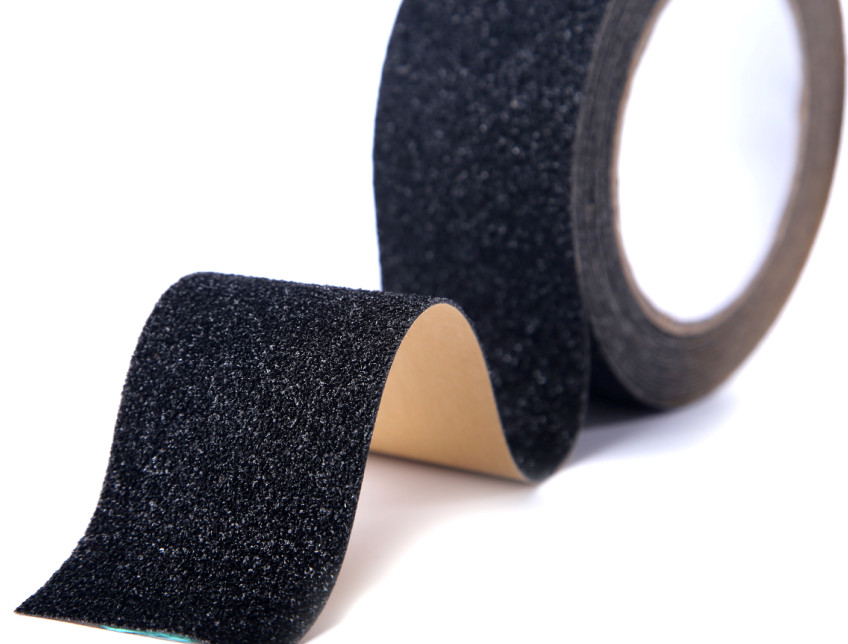In July, a leek crop was planted and successfully harvested three times on National Day, New Year’s Day, and the Spring Festival, yielding over 10,000 kilograms per mu. The income per mu reached 10,000 yuan, making it highly favored by vegetable farmers.
(1) Variety Selection and Sowing Time
For variety selection, Jiaxing Baigen (Xuejing) or Henan 791 are recommended. Other varieties are not suitable for this cultivation method. These two types have a short dormancy period in autumn, and their leaves do not need to dry out. They can continuously produce leeks from autumn through winter. However, if these varieties are used for storing frozen root vegetables—by drying the soil and entering winter—a large number of seedlings may die. This issue has occurred frequently in practice due to farmers' lack of understanding about the winter survival of these varieties. Nevertheless, they are ideal for continuous production during autumn and winter. The sowing period is mid-July. For Jiaxing Baigen, 4–5 kg of seeds are used per mu, while Henan 791 requires 3.5–4 kg. If sowing is delayed, an additional 1 kg of seeds should be added. When transplanting seedlings, reduce the seeding rate by 1 kg.
(2) Seeding and Transplanting Techniques
Apply 4 wagons of well-rotted farmyard manure, 10 kg of diammonium phosphate, and 7 kg of potash fertilizer, then till deeply. Arrange the ridges with 35 cm between rows. Step on the ridges and dig trenches, then use a four-tooth rake to flatten the ridge width to 10 cm. Spread the seeds in the trench and cover them with a new hammer. Water thoroughly and cover with straw or rice husks. In addition to direct seeding, seedling transplantation is also an option. This method produces more uniform seedlings and saves some seeds. A greenhouse requires 10 square meters of nursery area with 20 seedlings per square meter, and each sowing area should contain 0.15–0.2 kg of seeds. A total of 500,000 seedlings per mu are needed. Use flat rakes when preparing the nursery beds for easier transplanting. Transplant seedlings when they have 3–4 leaves, and water them 1–2 days before planting. When transplanting, use a knife to cut 6–7 cm into the soil, lift the seedlings, place them in a flat-bottomed basket, transport them to the field, lay them horizontally in the furrows 6 cm apart, water them, and ensure the soil settles around the roots. Keep the planting depth consistent but not too deep, as this could slow growth.
(3) Root Cultivation Management
During the growing season, focus on directing nutrients to the root system and promoting healthy crop development. Avoid harvesting during summer and autumn. Timely fertilization and soil loosening are essential. If the leaves grow too lush, cutting the leaf blades 8–10 cm above the leaf sheath can prevent lodging and disease. Control soil moisture to avoid leggy growth. Drainage is important during rainy periods. After the start of autumn, when the weather cools and the rainy season ends, apply urine or 20 kg of diammonium phosphate. Combine this with ridge cultivation to manage water levels, keeping the soil moist but not saturated.
(4) Greenhouse Construction and Harvesting Management
Before the first frost, construct a gable and back slope on the rear wall to install the front roof arch. By mid-October, cover the greenhouse with plastic film. Depending on market demand, you can harvest early after germination or cover the film just before harvesting. At the beginning of the film period, temperatures inside the greenhouse can be high, so proper ventilation is crucial to prevent leggy growth. Not only should the front vents be open, but also openings on the rear wall to allow air circulation at night. Maintain daytime temperatures below 25°C and nighttime temperatures above 10°C. Try to keep the temperature no lower than 5°C. When nighttime temperatures drop to 5°C, cover the plants with straw or paper to protect them from cold and prevent diseases. Whether you plant directly or transplant seedlings, no harvesting takes place during summer and autumn. The old, withered leaves wrap around the pseudo-stems, affecting the product's appearance. Alternatively, apply top-dressing irrigation 20 days before harvesting to rot the upper soil, or remove the fake stems before harvesting. Harvests occur on National Day, New Year’s Day, and the Spring Festival. Each harvest should not go too deep; it’s best to cut 5 cm above the root (bulb). After the final harvest, cut off the roots and replant the crops to allow deeper cuts next time. Always consider market demand and coordinate with short-term storage when harvesting.
PET Anti Slip Tape
Our PET anti slip tape is made of premium
PET material and selected aluminum oxide grit, coated with special upgraded solvent
acrylic adhesive. It has super strong durability, long lasting high adhesion, uniform
sand surface, good waterproof ability. It can be used instead of 3M 600 series,
function and quality are similar, but the price is much more economical.
Service life of our PET anti slip tape is 2 years. It is perfect to be used for
flat surfaces, steps, stairways, entrances, ramps, ladders, lawn equipment, snowmobiles,
scooters, construction machinery and vehicles, other machinery and vehicles
It
has different colors, such as black, transparent, grey, yellow, yellow/black,
etc. Other colors also can be customized.
The width ranges from 10mm to 1070mm, the length can be 2meters to 120.2meters.


PET anti slip tape, anti slip grip tape, 3M anti slip tape, safety-walk slip resistant tape, safety walk anti slip tape
Kunshan Jieyudeng Intelligent Technology Co., Ltd. , https://www.jerrytape.com

